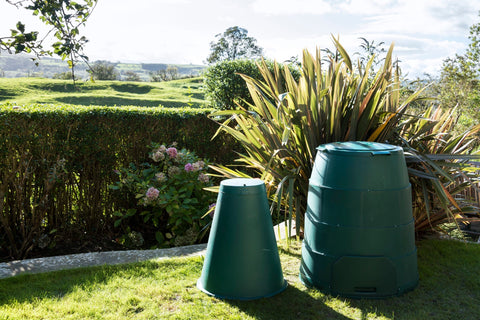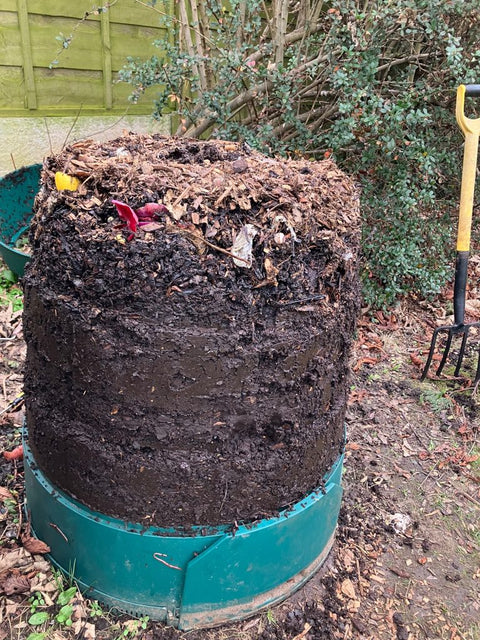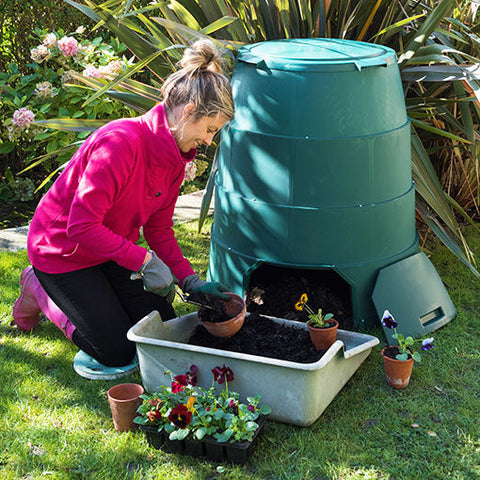Frequently asked questions
It looks like the activity in the Green Johanna has stopped. What should I do?
How long will it take to get compost?
Can I still use the Green Johanna if I don't have garden waste?
How hot will it get inside the composter?
How much waste can the Green Johanna take?
My compost smells bad. What should I do?
Do you offer free shipping?










